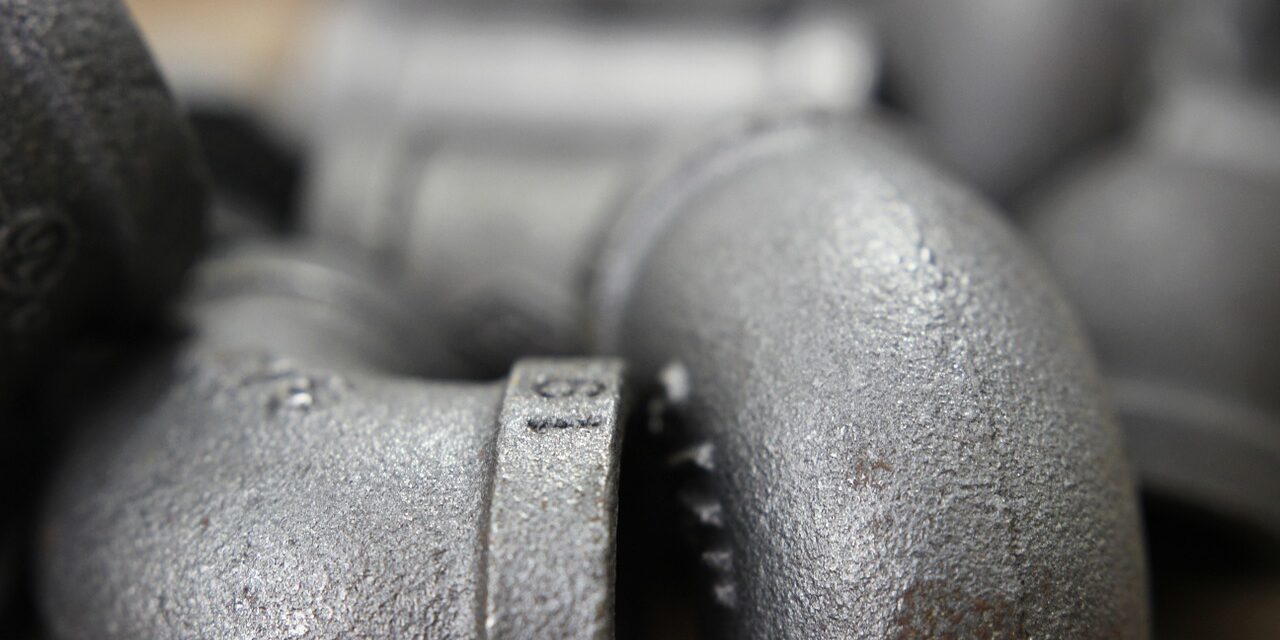There aren’t many disasters that homeowners encounter that are worse than a burst water pipe. On top of the damage to the home, you have to go through the trouble of dealing with insurance claims. If you are worried about what to do if you have a burst pipe, here’s what you need to know about why it happened, and some tips that will help fix the problem.
Causes of a Burst Pipe
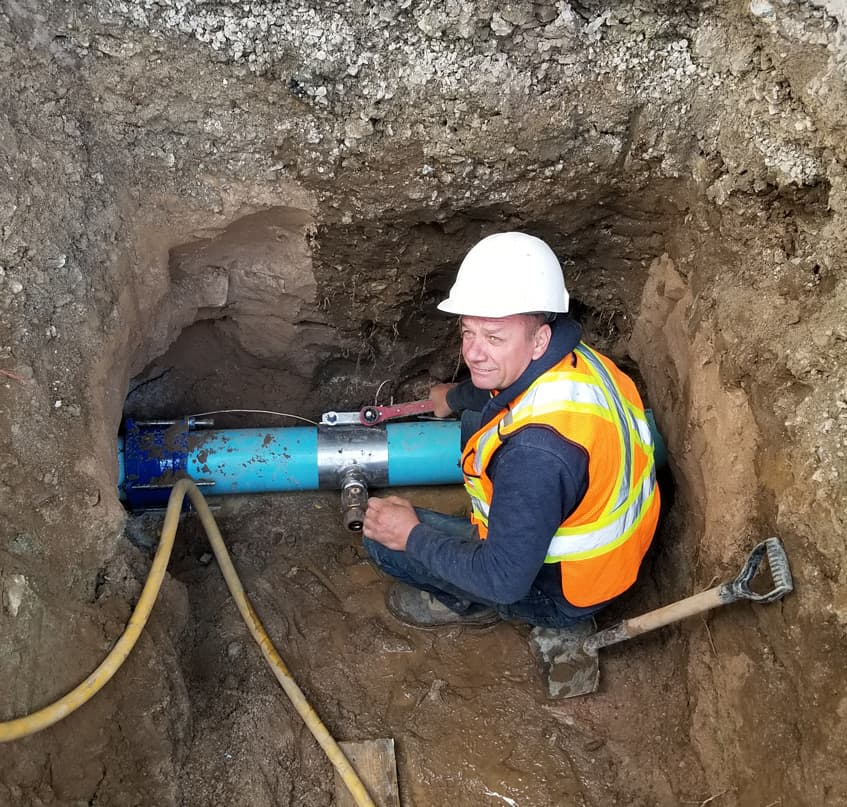
Corrosion and pH imbalance – Corrosion is a common reason why pipes burst. The pipes are especially susceptible to corrosion if the pH level in your water isn’t properly balanced. This happens more often when homes draw water from a well rather than a municipal supply.
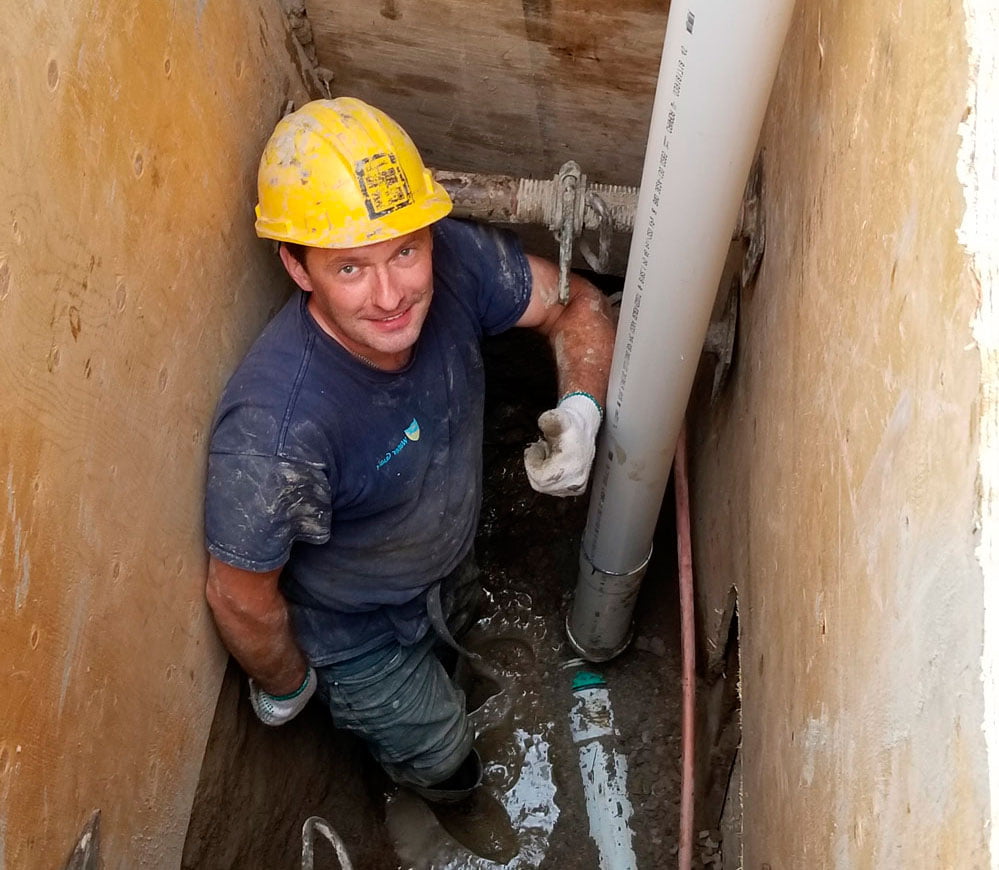
Frozen – Homeowners in cold climates know all too well the horrors of frozen pipes. As water freezes, it expands, which sometimes generates enough pressure to burst a pipe. More often, turning on hot water to fix the issue makes things worse as the sudden temperature fluctuation can cause the pipe to shatter.
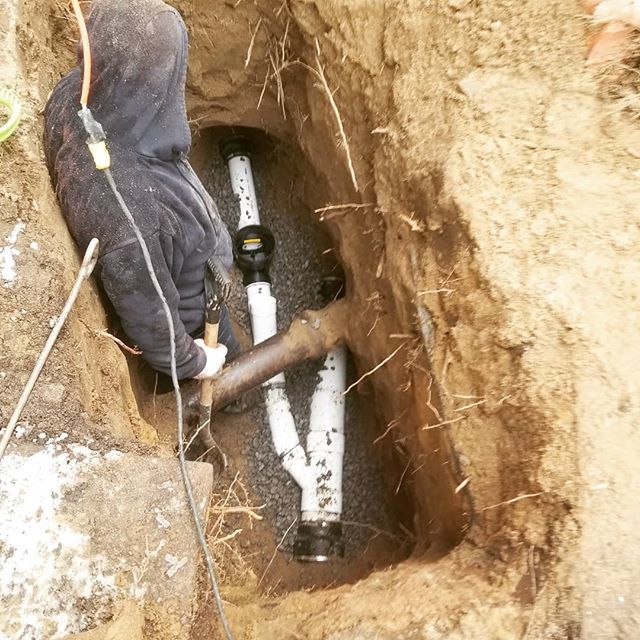
Movement – Pipes have a tendency to move, and this can also lead to fractures and breaks. The pipe might’ve been accidentally bumped or maybe it shifted due to the elements. Repairs to other plumbing components can also cause pipes to shift, and, believe it or not, high water pressure causes pipes to shake and over time this can even lead to break.
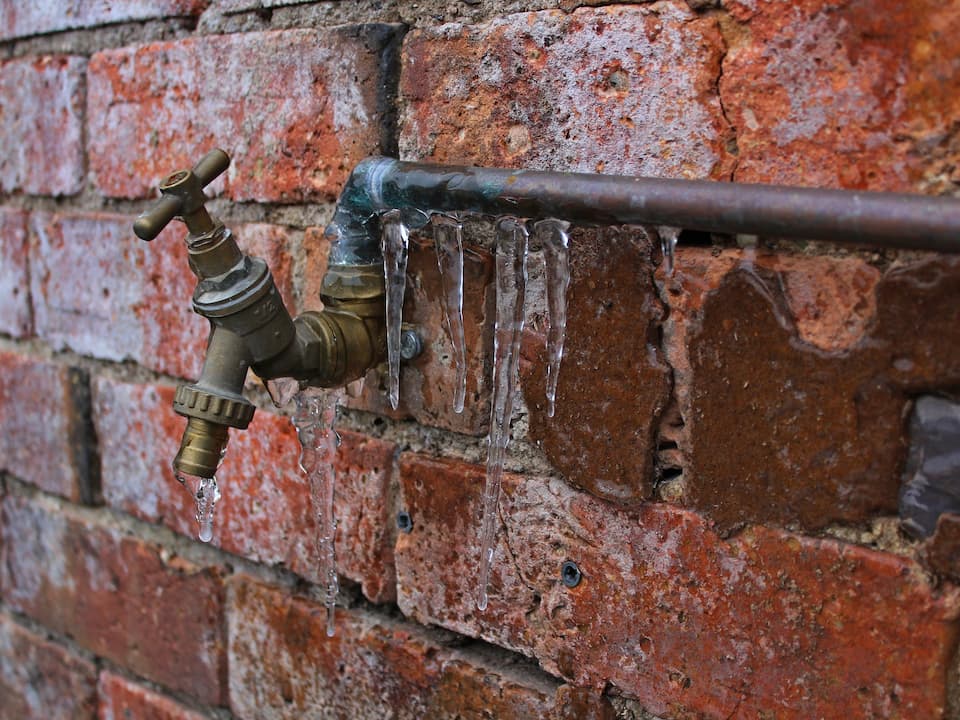
Clogs and pressure – A clogged pipe can also lead to a burst. Clogs close to the drain aren’t much of a concern, but if they form deeper down the line, you could be in trouble. Pressure can build around the clog and cause a break.
What to Do
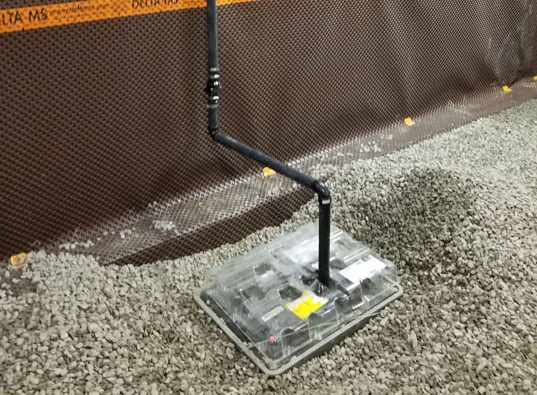
Locate burst pipe – the first thing to do when you run into a burst pipe is locate the break. If the leak is small, you might be able to listen to the dripping water to find it. If it’s something bigger, it shouldn’t be hard to find. Look for large water stains and protruding ceilings.
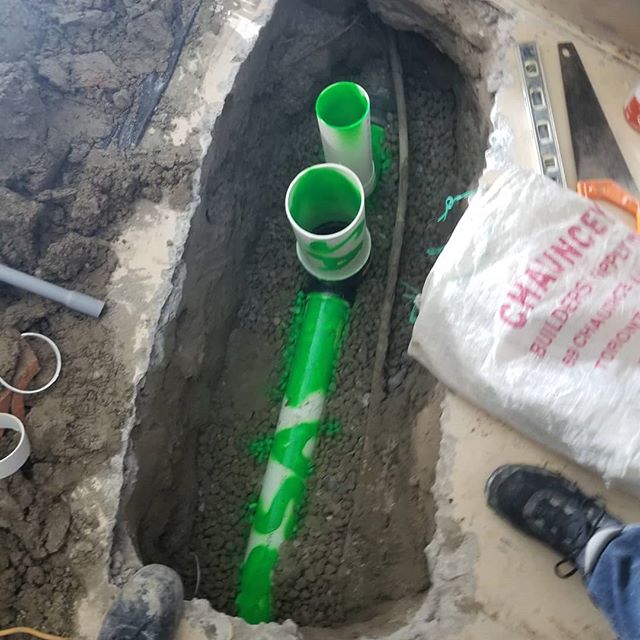
Turn off the Main Water Line – Next, turn off the water supply to prevent things from getting worse. You should also turn off your water heater or boiler. If you believe the water may have reached electrical components, cut the power via the breaker.
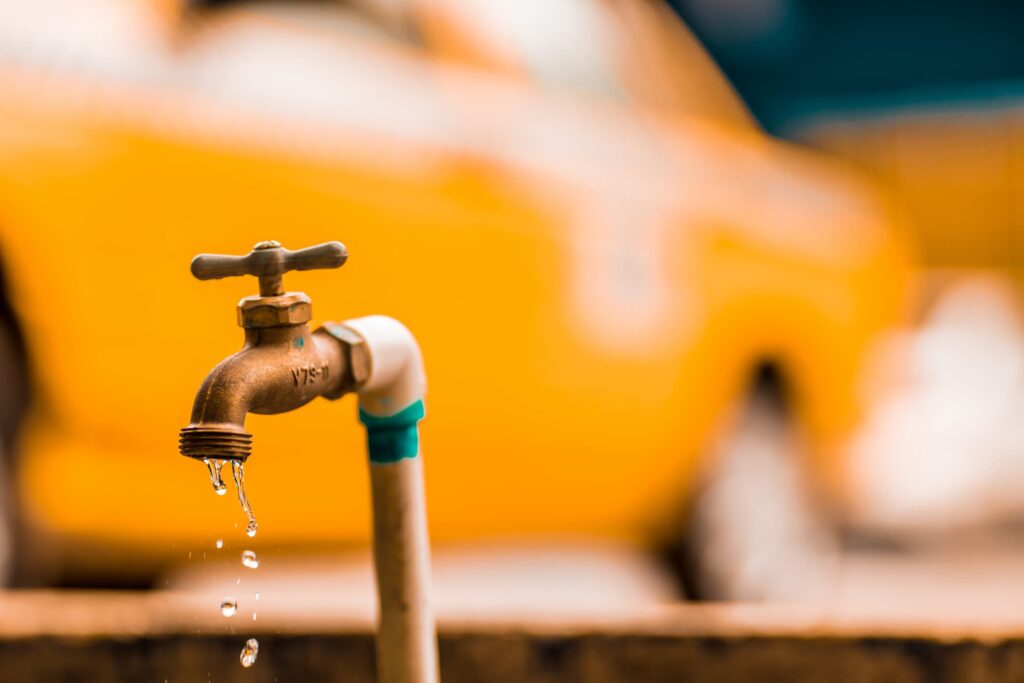
Drain the faucets – once you’ve turned off everything necessary, drain the remaining water from the pipes. Turn on the taps and flush the toilets until empty. This helps to remove some pressure from the pipes.
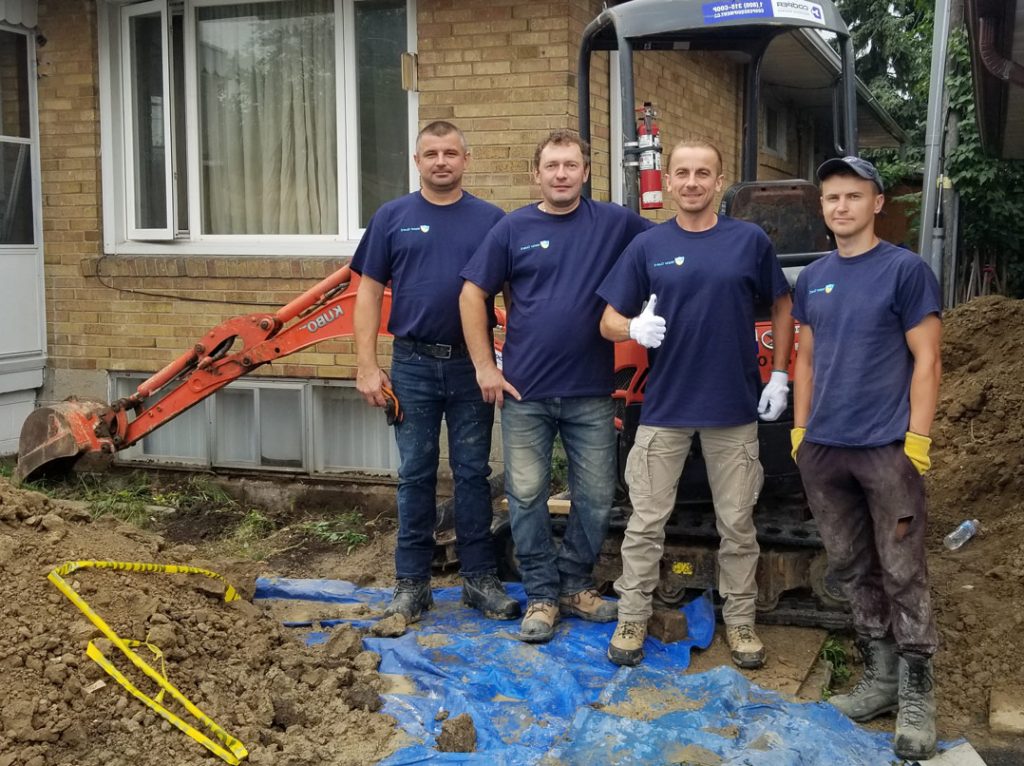
Call a plumber – a burst pipe is not an easy fix. Without proper training, this is work best left for a plumber. If you don’t fix the problem, the damage could get even worse, and any work performed by unlicensed repair people that causes more damage likely won’t be covered by insurance.
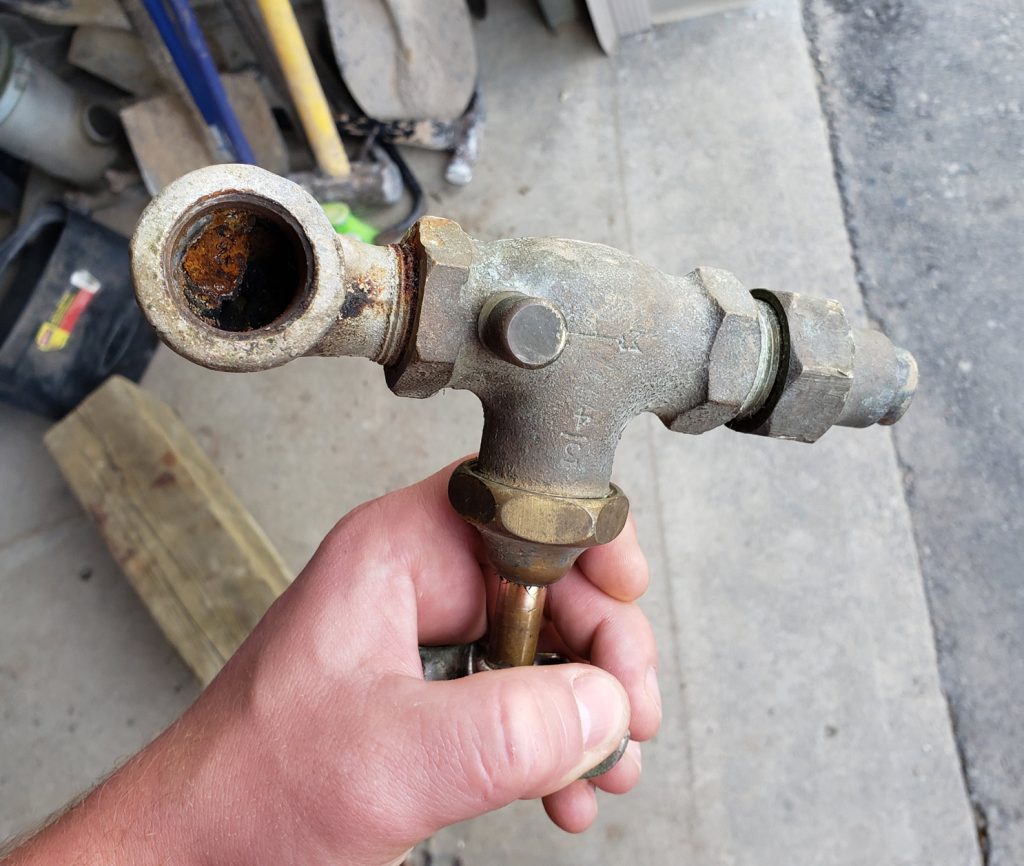
Create a temporary fix – you might need to create a temporary fix to hold in place until help arrives. Electrical tape, epoxy mold, and clamps should do the trick.
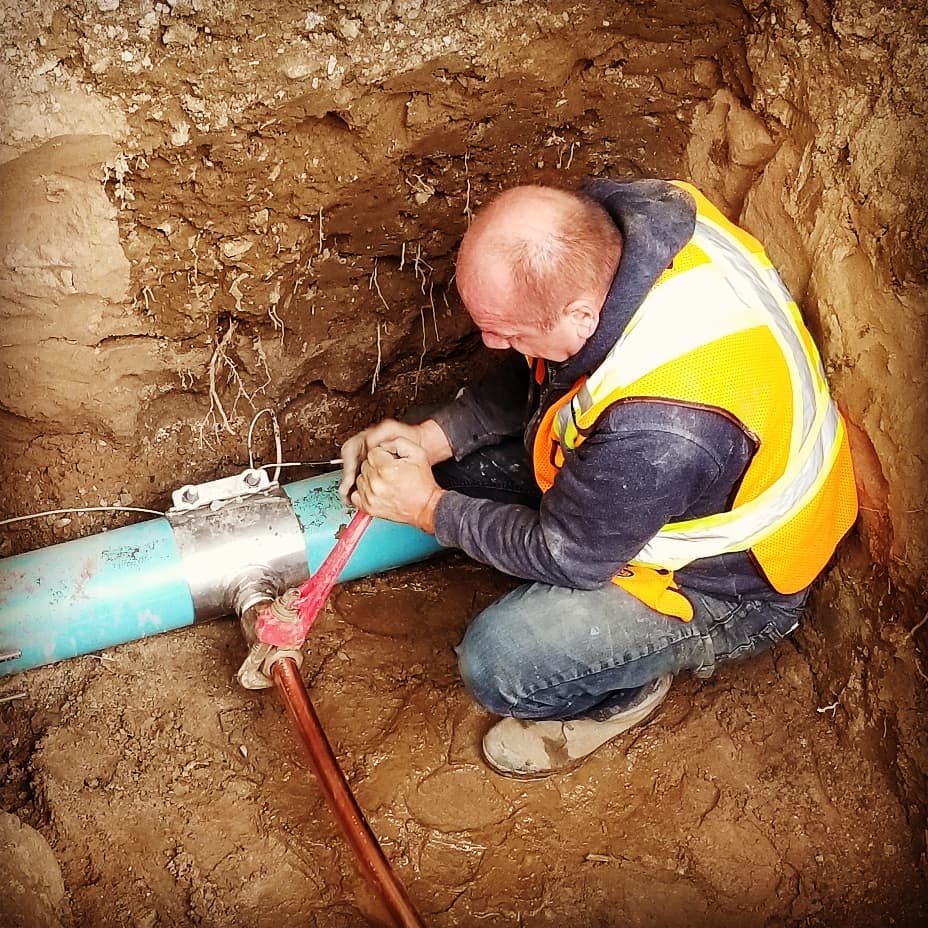
Let warm air in – if the cause of the burst is due to frozen pipes, try and warm up the area around the break. Turn the heat on and jack up the thermostat. Space heaters can also do the trick. A hairdryer can warm up a pipe when in a pinch.
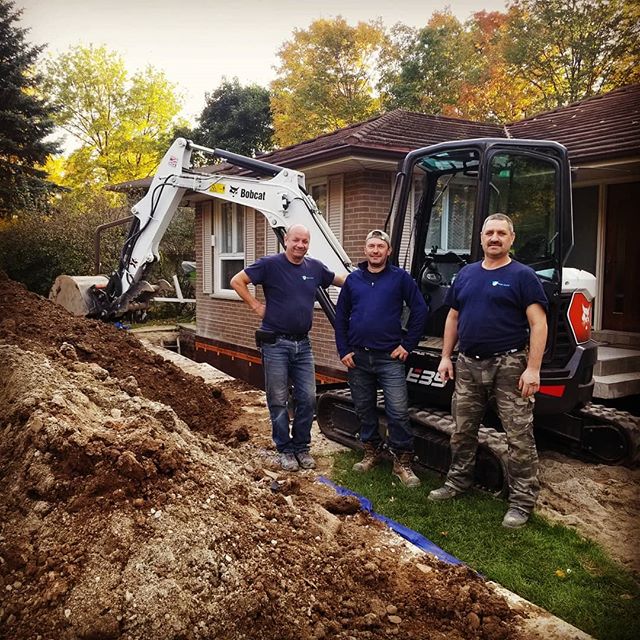
Document the damage – the more proof on your side when dealing with an insurer, the better. As soon as you catch wind of a problem, start snapping photos and shooting videos. Try to capture the physical leak, water lines with measuring tape for length reference, and a wide-angle lens to capture the entirety of the situation. You can never be too thorough!
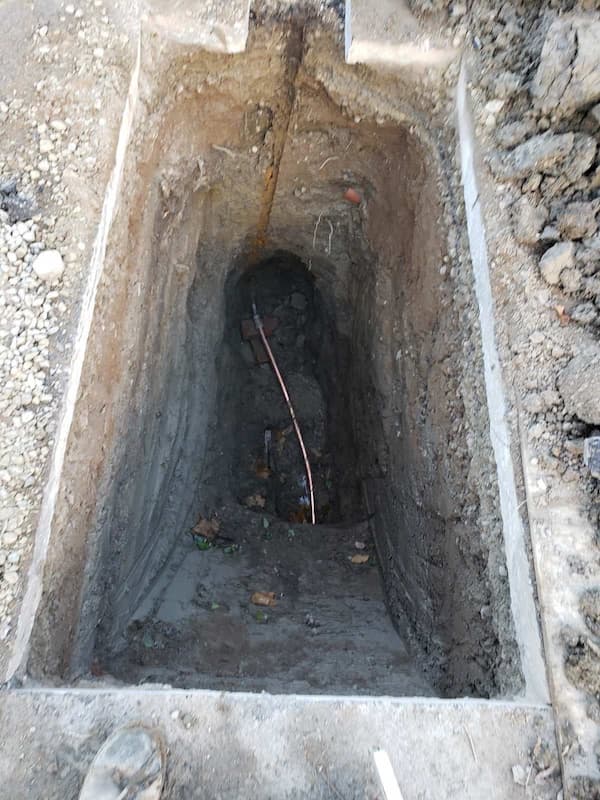
Clean up the mess – so you’re dealing with a burst water pipe in the house. The clean-up process is vitally important. Start drying the water as soon as possible to prevent any bacteria, fungus, mold, or mildew from forming. Try and salvage what you can – the items that are irreplaceable or expensive to repair should take priority. Next, you will want to adequately disinfect any item that has come into contact with the water. Don’t throw out anything – even things that cannot be saved – until your insurance claim has been completed.
Contact Us
Should disaster strike and you come face to face with a burst water pipe, the best thing to do is follow this handy guide and reach out to the professionals at Waterguard Plumbing!

